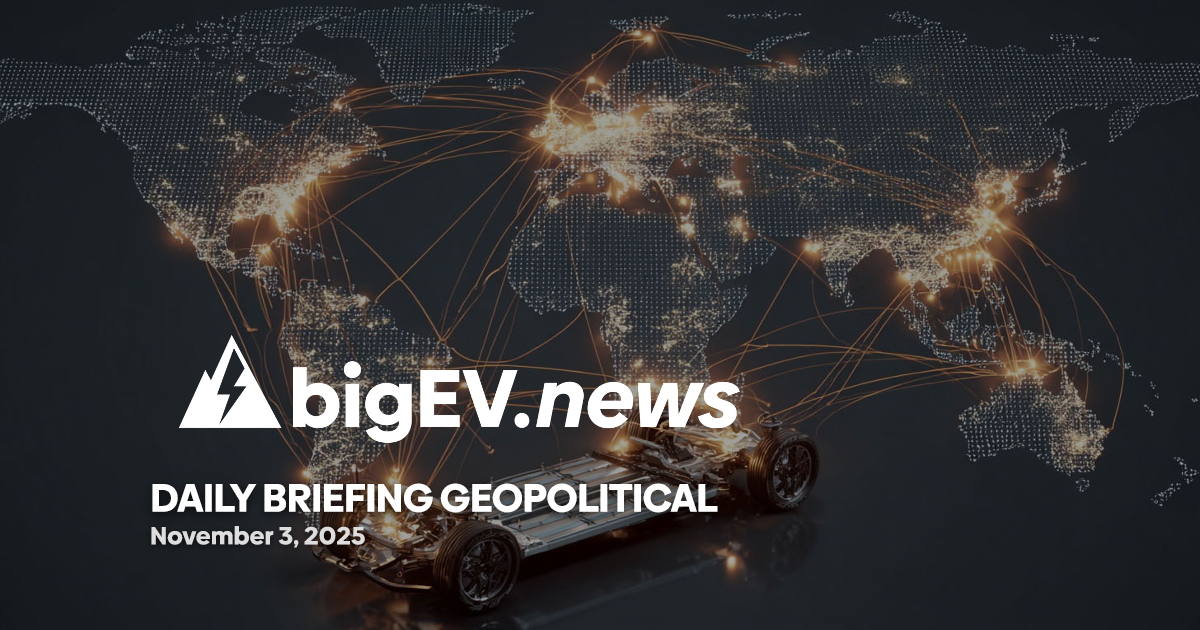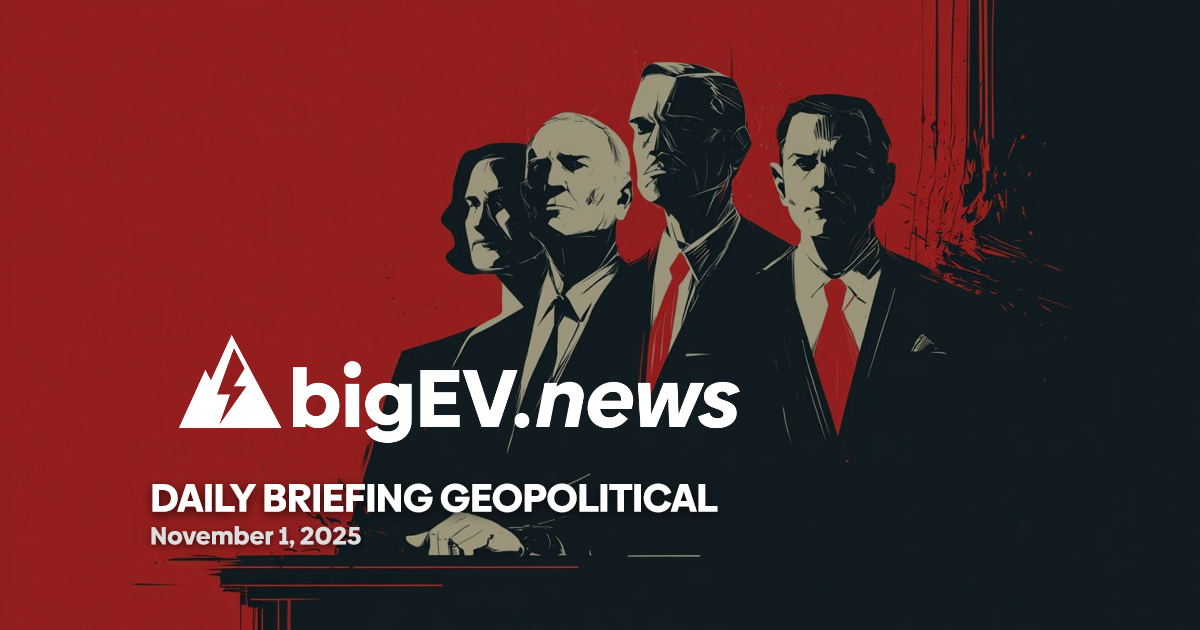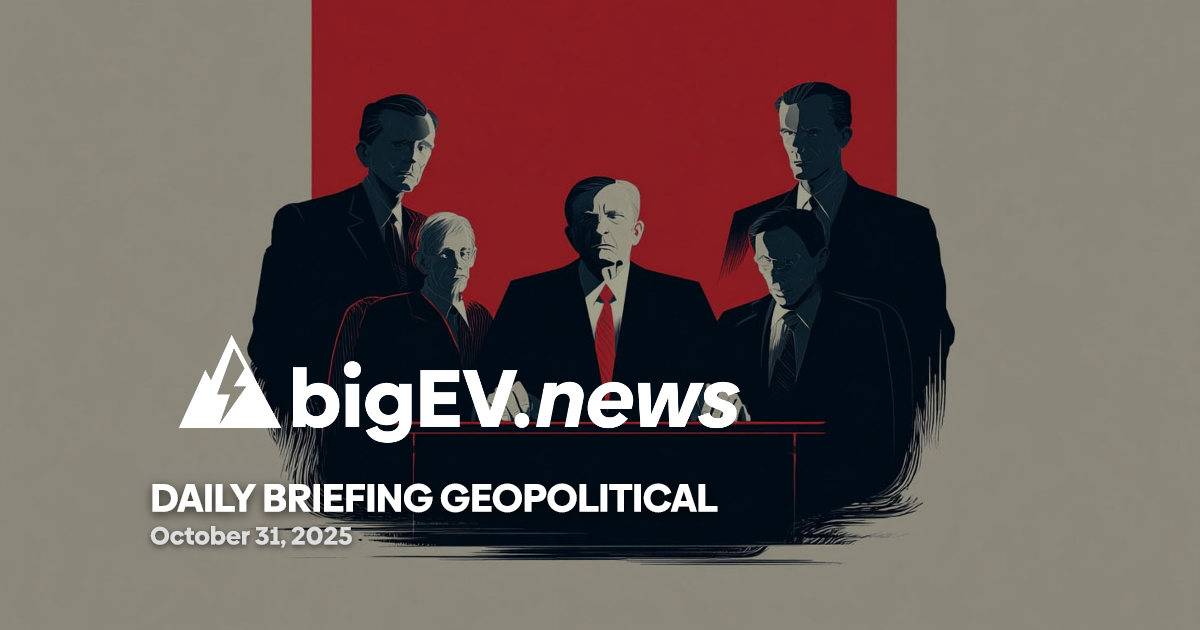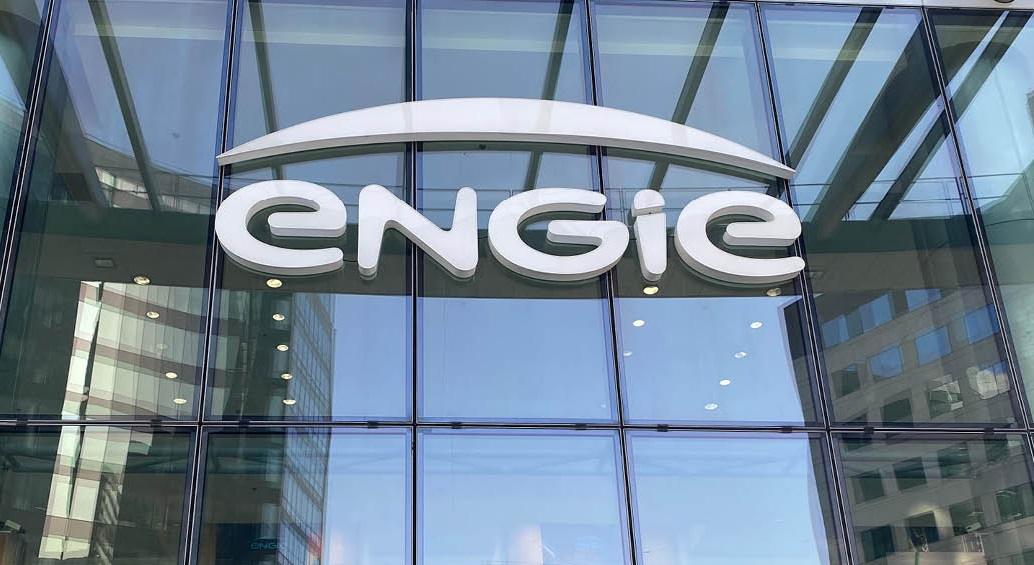Escalating trade barriers, military posturing, and new alliances drive volatility across energy, tech, and investment flows worldwide.
At a glance – The past 24 hours have seen a convergence of geopolitical and economic shocks, with the United States launching a new wave of tariffs across sectors including pharmaceuticals, heavy trucks, and home furnishings. This move, part of a broader protectionist trend, has pushed the average US tariff rate to 17.4%, the highest in over a century. The immediate impact is a sharp rise in costs for global manufacturers and consumers, amplifying inflationary pressures and accelerating the fragmentation of international supply chains. Meanwhile, the Russia-Ukraine conflict continues to escalate, with the US considering the provision of Tomahawk cruise missiles and targeting intelligence to Ukraine, further destabilizing energy markets and defense supply chains. These developments underscore a broader trend toward deglobalization, as countries prioritize strategic autonomy and domestic industry resilience over global integration.
Technology advance – In the Indo-Pacific, technological decoupling between the US and China is intensifying, with leaked documents revealing Russian support for Chinese airborne operations planning—potentially aimed at Taiwan. This has heightened concerns over the security of semiconductor supply chains, especially after Taiwan rejected a US proposal to relocate half its chip manufacturing capacity to American soil. The technological standoff is fragmenting global innovation ecosystems, with AI and quantum computing collaborations increasingly confined within geopolitical blocs. As a result, companies in the battery, motor, and charging infrastructure sectors are reassessing their R&D partnerships and supply dependencies, wary of sudden regulatory or export control shifts that could disrupt product roadmaps and market access.
Partnerships – Diplomatic maneuvering in the Middle East has taken center stage, as Israel accepted a US-brokered 20-point peace proposal to end the Gaza conflict, with Qatar and Egypt lending support. The US has issued security guarantees to Qatar following recent hostilities, signaling a recalibration of alliances that could influence energy flows and infrastructure investment across the Gulf. Meanwhile, Palestinian Islamic Jihad, initially rejecting the peace offer, is now seeking revisions, while Hamas faces mounting pressure from regional actors to accept the deal. These shifting alliances are poised to impact cross-border investment in energy infrastructure, particularly LNG and renewables, as Gulf states seek to hedge against geopolitical risk and diversify their economic partnerships.
Acquisitions/expansions – The defense sector is experiencing a surge in demand, with Lockheed Martin, Raytheon Technologies, and Northrop Grumman reporting increased orders linked to the Russia-Ukraine conflict. European energy-intensive industries, however, are struggling with persistently high input costs, prompting a wave of consolidation and asset sales as companies seek to shore up balance sheets. In parallel, non-Russian energy producers are ramping up capacity expansions to capitalize on elevated prices and fill supply gaps left by sanctions and disrupted Russian exports. These moves are reshaping the competitive landscape in both defense and energy, with new entrants and established players vying for market share amid heightened geopolitical uncertainty.
Regulatory/policy – On the regulatory front, G7 finance ministers have pledged coordinated action against nations importing Russian oil, signaling a tightening of sanctions enforcement that could further disrupt global energy and shipping markets. In the US, a government shutdown has begun following a budget impasse, raising concerns about delayed regulatory approvals and funding for critical infrastructure projects, including EV charging networks and grid modernization. In Europe, monetary policy decisions in Frankfurt are being closely watched, as central banks weigh the risks of inflation against the need to support growth in an increasingly fragmented global economy. These policy shifts are contributing to heightened volatility in financial markets, with safe-haven assets such as the US dollar and Swiss franc in high demand.
Finance/business – Financial markets are reacting to these geopolitical shocks with pronounced risk aversion. The FX market has seen sharp moves, with investors flocking to safe-haven currencies amid uncertainty over trade disputes and energy supply disruptions. Asset classes exposed to global supply chains, such as industrials and automotives, are under pressure, while defense and non-Russian energy equities are outperforming on expectations of sustained demand. Cross-border investment flows are being rerouted, as capital seeks stability in jurisdictions perceived as insulated from geopolitical risk. Venture capital activity in clean tech and transportation engineering is increasingly focused on projects that enhance supply chain resilience and energy independence, reflecting a strategic pivot in response to the new era of geopolitical volatility.
Sources: New Lines Institute, Ainvest, Anadolu Ajansı, G7 Finance Ministers’ Statement, Lockheed Martin Investor Relations, Taiwan Ministry of Economic Affairs









